Clovibactin: New Antibiotic Discovery Offers Hope Against Superbugs
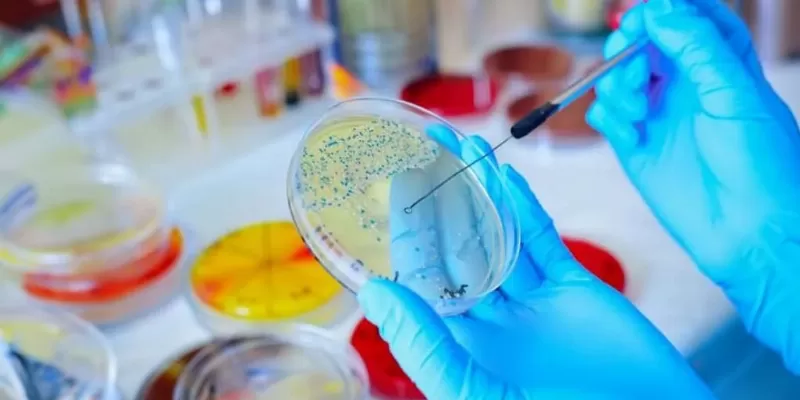

Clinical Trials |
28 August 2023
A groundbreaking antibiotic discovery promises to give the world a new weapon against "superbugs". Researchers from the University of Bonn, in collaboration with German, Dutch, and US institutions, have decoded the workings of a fresh antibiotic named Clovibactin, sourced from a soil bacterium. This powerful new antibiotic, derived from the soil bacterium Eleftheria terrae, is highly effective against bacteria, especially the notorious multi-resistant types.
Antibiotic resistance is a pressing threat to global public health and a significant concern for the medical community. The WHO has declared antibiotic resistance as one of the top 10 global public health threats facing humanity. As drug-resistant bacteria become more prevalent, their threat intensifies. Worse still, the arsenal of potent antibiotics available to combat them is rapidly diminishing.
Professor Tanja Schneider from the University of Bonn remarked on the urgent need for such innovations due to the rapid rise of antibiotic-resistant bacteria. She expressed confidence in Clovibactin's potential, especially since it acts in a way that minimizes the chances of bacteria developing resistance.

Clovibactin, uniquely targets multiple essential components of the bacterial cell wall. When it attaches to these structures, it forms protective barriers, causing the bacteria to release enzymes that, in turn, destroy their protective outer layer. The combined action of these processes reduces the possibility of resistance. This discovery highlights the potential of uncultured bacteria in antibiotic development. The isolation of clovibactin was made possible through the use of the iCHip device, a revolutionary technique that grows previously 'unculturable' bacteria in labs.
Dallas Hughes, Ph.D., of NovoBiotic Pharmaceuticals, emphasized the antibiotic's effectiveness against a wide range of bacterial threats. Preliminary studies in mice have been successful. The team believes in the massive potential that lies in exploring the natural diversity of bacteria as candidates for novel antibiotics. However, despite this breakthrough, Prof. Schneider cautions that it may be some time before Clovibactin is available to the public, underscoring the lengthy process of getting a new drug to market.
The mode of action of the new antibiotic was elucidated by researchers led by Tanja Schneider. Researchers, led by Prof. Tanja Schneider from the University of Bonn, have delved into the working mechanics of a promising new antibiotic called Clovibactin. Unique to many of its kind, this antibiotic has a specific way of binding itself to bacterial walls – it targets the pyrophosphate groups found in them.
Further light on this intricate binding process was shed by Prof. Markus Weingarth’s team at Utrecht University. Using advanced techniques like solid-state NMR spectroscopy, they painted a detailed picture of how Clovibactin interacts with its bacterial targets. It turns out, the antibiotic wraps around the bacterial structure so tightly it's reminiscent of a cage. In fact, that's how it got its name – "Klouvi", the Greek word for cage.
Primarily, Clovibactin takes on gram-positive bacteria, which are often found in hospitals and are responsible for diseases like MRSA and even the far-reaching tuberculosis that impacts millions globally.
Prof. Schneider is optimistic about its potential, stating, “We're quite confident bacteria won't easily develop resistance against Clovibactin.” The reason? The antibiotic targets such a fundamental part of the bacterial structure that changing it would be nearly impossible for the bacteria. But there's more to Clovibactin's efficacy. Upon binding, it forms structures that not only tightly wrap but also further damage its bacterial targets. Moreover, the bacteria, upon encountering Clovibactin, start releasing enzymes that, in effect, self-destruct their protective layers.
Resources and references
An antibiotic from an uncultured bacterium binds to an immutable target
Antimicrobial resistance is a leading mortality factor worldwide. Here, we report the discovery of clovibactin, an antibiotic isolated from uncultured soil bacteria. Clovibactin efficiently kills drug-resistant Gram-positive bacterial pathogens without detectable resistance. Using biochemical assays, solid-state nuclear magnetic resonance, and atomic force microscopy, we dissect its mode of action. Clovibactin blocks cell wall synthesis by targeting pyrophosphate of multiple essential peptidoglycan precursors (C55PP, lipid II, and lipid IIIWTA). Clovibactin uses an unusual hydrophobic interface to tightly wrap around pyrophosphate but bypasses the variable structural elements of precursors, accounting for the lack of resistance. Selective and efficient target binding is achieved by the sequestration of precursors into supramolecular fibrils that only form on bacterial membranes that contain lipid-anchored pyrophosphate groups. This potent antibiotic holds the promise of enabling the design of improved therapeutics that kill bacterial pathogens without resistance development.


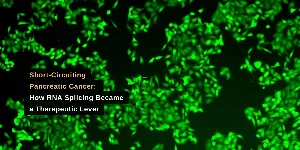

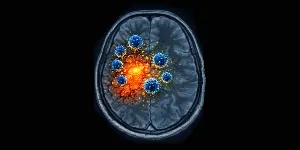
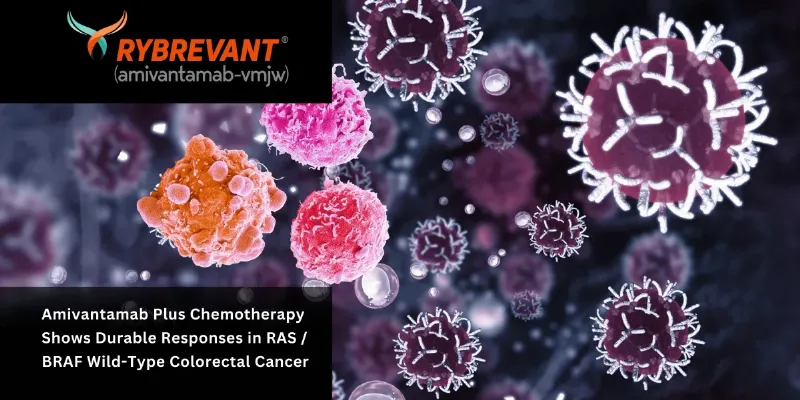
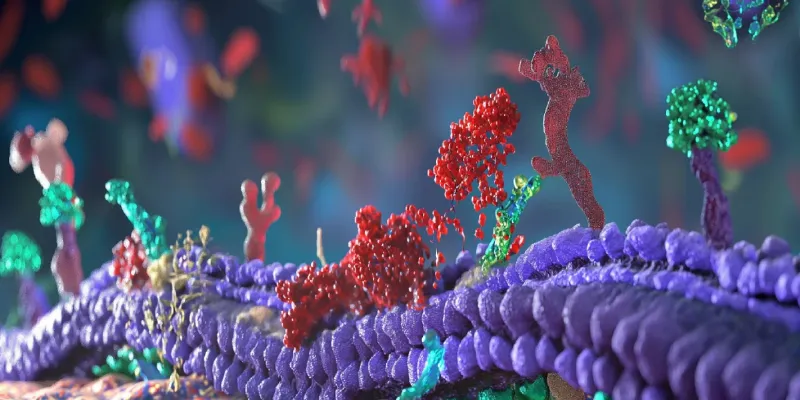


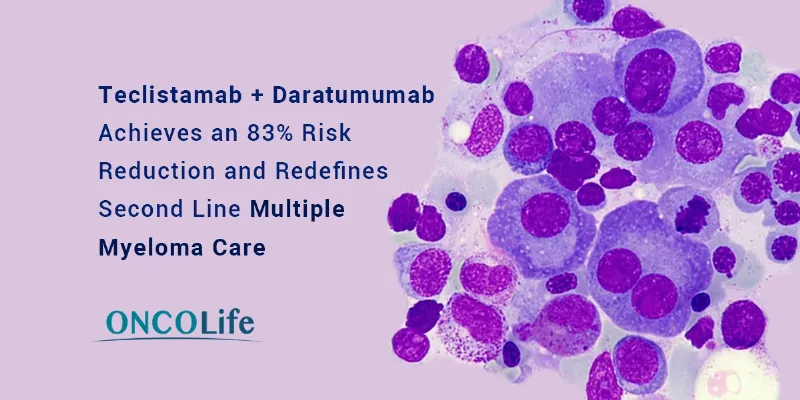
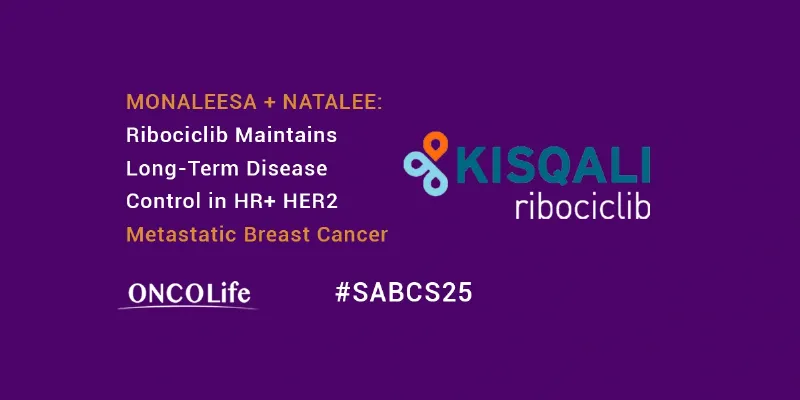
Comments
No Comments Yet!